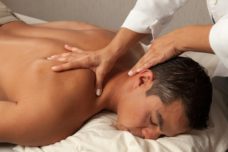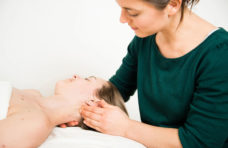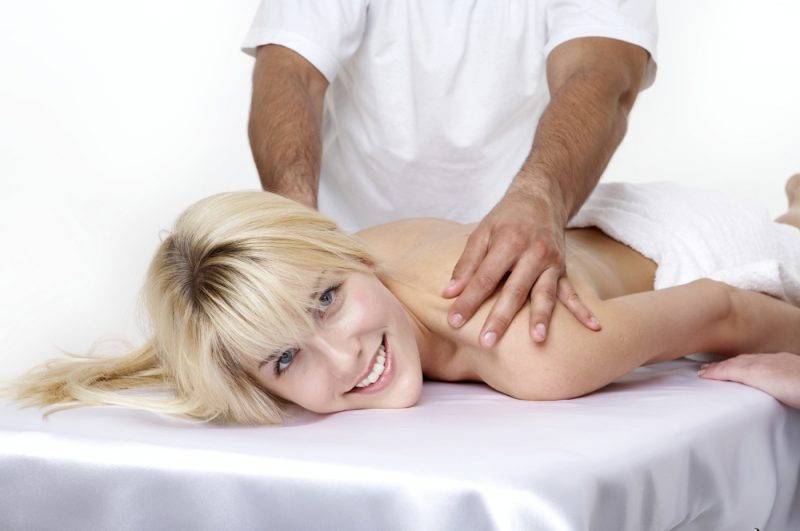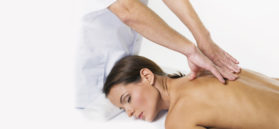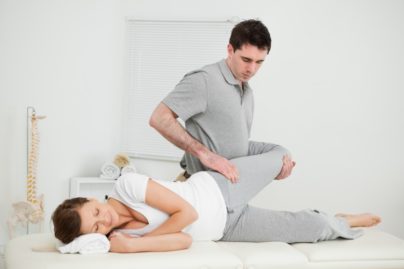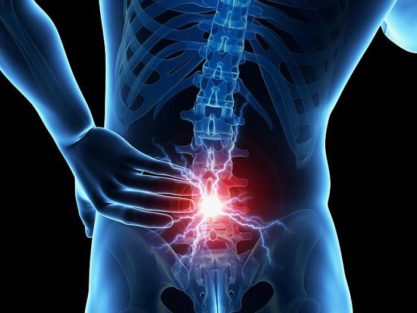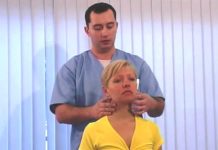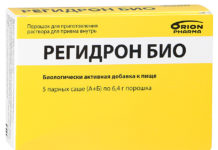It is widely believed that manual exposure to the body involves the use of brute physical force, and the procedure itself causes quite painful sensations in the patient. As a rule, people who do not know what manual therapy is, and what it is designed for, think so. The main techniques used by a specialist in practice allow treating a wide variety of disorders, while the procedure is highly effective and absolutely safe.
Material Content:
What is manual therapy
Manual therapy is considered the most ancient therapeutic technique, which was used back in ancient times. The fundamental principle of such a procedure is the use of non-invasive treatments. The manual operator acts on the internal organs through deep manual massage, working out mainly the area of the spine, body muscles, as well as all mobile joints of the bones.
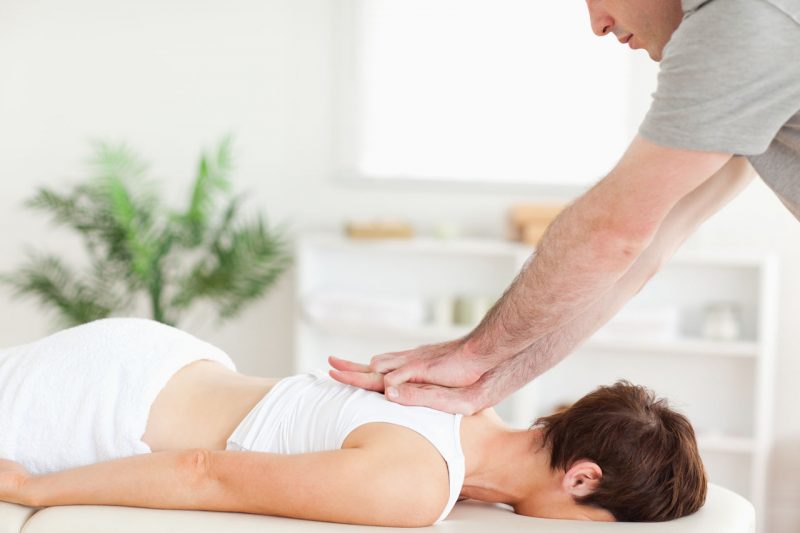 Thanks to such manipulations, muscle spasms that cause severe pain are eliminated, blood circulation is activated and inflammation in the bone and cartilage tissues is blocked. This is the main difference between manual therapy and conventional massage. If the masseur kneads exclusively soft tissues, then the chiropractor stimulates the deeper structures of the body, thus affecting the internal organs.
Thanks to such manipulations, muscle spasms that cause severe pain are eliminated, blood circulation is activated and inflammation in the bone and cartilage tissues is blocked. This is the main difference between manual therapy and conventional massage. If the masseur kneads exclusively soft tissues, then the chiropractor stimulates the deeper structures of the body, thus affecting the internal organs.
A competent treatment regimen is based on the close relationship of the spine with all other body systems. A damaged organ sends certain impulses to the spinal cord, and that, in turn, transmits a response signal, exposing the affected areas to spasms.An integrated approach to treatment, involving exposure to both the damaged organ and the region of the spinal cord, allows to achieve the best therapeutic effect.
In the treatment of which diseases it helps
Patients often complain of severe pain in the spine, muscles, or joints. It is osteochondrosis that is the main cause of acute pain in the cervical spine. There are cases when the violation provokes not only pain in the back, but also causes severe migraines, and also contributes to the violation of the functionality of the musculoskeletal system. Problems with the spine or joints can provoke various factors, whether it is poor posture, the presence of large body mass, injuries or age-related changes in the body.
Manual therapy due to the direct effect on the focus of inflammation itself treats the following diseases:
- osteochondrosis of the cervical and lumbar;
- scoliosis and kyphosis of the spine in school children and adolescents;
- herniated discs;
- destruction of articular tissues, provoking rheumatism and arthritis;
- lung diseases
- disorders of the cardiovascular system.
In addition, manual therapy of the spine helps to eliminate severe headaches caused by circulatory disorders in the cervical spine, and also saves the patient from increased fatigue and insomnia.
Indications for use
People who suffer from constant excruciating pain in the spine must necessarily seek help from a manual specialist.
Note! Use in their practice methods of manual therapy is allowed only to doctors who have received medical higher education in the specialty "traumatology" or "neurology". In the first session, do not forget to check for a license that allows you to carry out such activities.
It is recommended to seek help from a specialist if:
- dizziness and severe headaches are observed;
- there is a curvature of the spine;
- severe back pain;
- muscle spasms due to trauma;
- disorders of the genitourinary system (impotence, prostatitis, infertility, lack of a regular menstrual cycle) were diagnosed;
- there are problems with the gastrointestinal tract;
- disturbed functioning of the central nervous system.
Methods and techniques of manual therapy
The techniques used by the chiropractor are aimed at the full restoration of the vital functions of the musculoskeletal system.
Specialists use three main techniques:
- Relaxation. Its effect resembles the technique of conventional massage. The soft tissues of the body lend themselves to intensive massage, all the muscles and joints of the patient are flexed. Such a preliminary technique helps to relax the body and prepare it for subsequent, deeper, therapeutic manipulations. In this case, during the procedure, no pain is noted.
- Mobilization. The next stage, the action of which is aimed at the full study of damaged muscles and joints. The doctor uses a special rhythmic technique to reduce muscle cramps and cramps. As a result, the blood flow of damaged areas is activated, swelling is relieved, and the mobility of diseased joints also increases. The manual worker can apply various methods, whether it is stretching muscles, twisting joints or stretching them. Very often, specialists use the method of traction of the spine when performing manual traction of the vertebrae.
- Manipulation. Needed to remove clamps and blocks in articular structures. The technique resembles the process of mobilization, however, when developing affected tissues, the specialist tries to accurately, without sudden movements, increase the amplitude of joint mobility.It is worth noting that a competent manual engineer does not use in his arsenal a gross physical effect on diseased areas. The technique completely eliminates any bumps or jolts that are acceptable for use in osteopathic correction.
What happens to the body during a session
The chiropractor, first of all, tries to relax the enslaved muscles and relieve the tension of the inflamed area. For this purpose, the initial relaxation method is used. In the process of such manipulations, a decrease in muscle cramps occurs, the pain syndrome is relieved. In the subsequent stages of therapy, when the doctor conducts mobilization and manipulation, the joints gradually return their lost mobility.
In the damaged tissues, the blood flow process is activated, the production of synovial fluid improves, which leads to further restoration of cartilage tissue. During the session, a characteristic crunch sound of the processed joints and vertebrae is heard. Competent therapy helps to put them in place, thereby eliminating the curvature of the entire spinal column.
Note! Manual therapy is carried out only after preliminary diagnosis and accurate determination of the diagnosis by an appropriate specialist on the basis of the data obtained.
Contraindications
Specialists identify the following contraindications for manual therapy:
- oncological diseases, spinal tumors;
- open fractures, fresh injuries;
- acute form of rheumatism.
In addition, therapeutic sessions during pregnancy are not recommended in order to avoid any subsequent complications.
In conclusion, I would like to note that manual therapy treats diseases of the spine and joints only if the patient strictly observes all the recommendations and instructions of a specialist. The best results are achieved by an integrated approach, including the fundamental principles of a healthy lifestyle.






